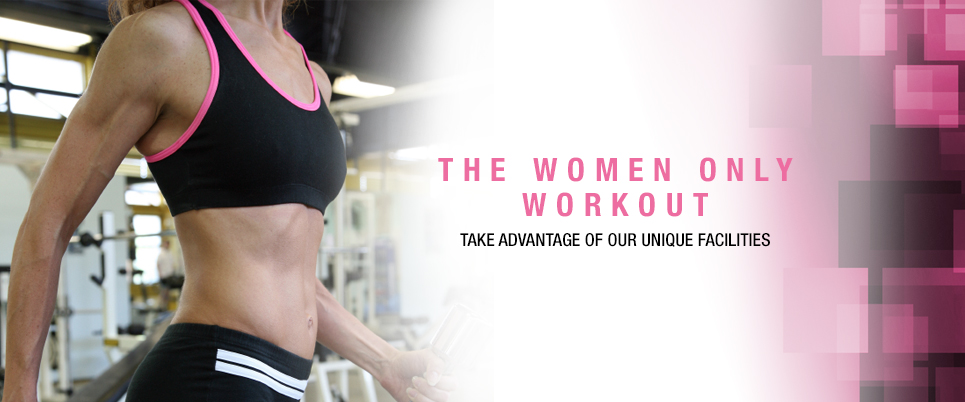PROTEIN REQUIREMENTS
Extracts from “Vegan Nutrition, a survey of research” by Gill Langley MA PhD
Experts are still not entirely sure how much protein we need, and estimates have often been revised in recent years. The national and international organizations which advise on nutrient requirements suggest standards which are calculated to meet or exceed the requirements of practically everyone, explicitly taking into account individual variation, and so these levels have a wide in-built safety margin. In 1985 the World Health Organization (WHO) published revised figures as follows:(1)
The WHO protein figures translate into 56g of protein a day for an 11.5 stone (75kg) man, and 48g for a 10-stone (64kg) woman. The recommendations of the UK Department of Health and Social Security (DHSS) are slightly higher, at about 68g a day for sedentary or moderately active men, and 54g a day for women (2). Both these official recommendations suggest that eating 10% of our daily energy as protein will provide an adequate amount. The NACNE report (3) proposes a protein intake of 11%.
National and international recommendations for protein intake are based on animal sources of protein such as meat, cow’s milk and eggs. Plant proteins may be less digestible because of intrinsic differences in the nature of the protein and the presence of other factors such as fibre, which may reduce protein digestibility by as much as 10%. Nevertheless, dietary studies show the adequacy of plant foods, as sole sources of protein (see Combining Proteins below), as does the experience of healthy vegans of all ages.
The main protein foods in a vegan diet are the pulses (peas, beans and lentils), nuts, seeds and grains, all of which are relatively energy dense. As the average protein level in pulses is 27% of calories; in nuts and seeds 13%; and in grains 12%, it is easy to see that plant foods can supply the recommended amount of protein as long as the energy requirements are met.
People are not Rats Tradition has it that plant proteins are of a poorer quality than animal proteins, because the essential amino acids are present in proportions which may not be ideal for human requirements. In the early years of research into protein quality this belief derived from experiments with laboratory rats, when it became clear that amino acid supplementation of a plant source of protein improved its biological value to the point where it would support the growth of weaning rats.
The parameters of these experiments were set in such a way that differences in the quality of plant and animal proteins were maximised; the second major problem is that rats and humans have different nutritional requirements (4).
The weanling rat grows, relatively, at a much faster rate than the human infant and therefore requires a more concentrated source of nutrients, including protein. A comparison with human milk makes the difference quite clear; protein comprises only 7% of the calorie content of breast milk, while rat milk contains 20% protein. If weanling rats were fed solely on human milk, they would not thrive. Using the same logic as was applied in the early experiments, it could be argued from this that breast milk is also inadequate for human infants!
Some early studies further demonstrated the differences in nutritional requirements between rats and humans. In 1955 (5) an experiment with three male volunteers showed that the amino acid cystine is able to substitute for 80-89% of the body’s requirement for another essential amino acid, methionine, whereas in rats the substitution value is only 17%.
Although the terms ‘first-class’ and ‘second-class’ proteins are no longer used, in some circles the belief persists that a vegan diet, containing only plant proteins, may be inadequate. This is because cereals, nuts and seeds contain less of the amino acid lysine, while being high in methionine; and pulses are rich in lysine but contain less methionine.
This has given rise to concern that the amino acid present in lower amounts in each food will limit the availability to the body of the others, and the suggestion has been made (6), and adopted quite widely – even among vegans – that complementary protein foods, such as beans and grains, should be eaten at each meal in order to enhance amino acid availability. Vegetarians are also sometimes advised to ensure that they complement vegetable proteins with dairy foods. Are these precautions necessary?
Protein combining may reduce the amount of protein required to keep the body in positive protein balance (7), but several human studies have indicated that this is certainly not always the case. For example, over a 60-day period seven human subjects were fed diets in which protein was derived solely either from beans, corn and refined wheat; beans, rice and refined wheat; or a combination of the plant foods with the addition of cow’s milk (8).
All subjects remained in positive nitrogen balance (a measure of the adequacy of dietary protein), and there were no significant differences in nitrogen balance between the subjects eating only plant foods and those whose diet was supplemented with milk.
Another study looked at the nutritive value of a plant-based diet in which wheat provided 76% of the protein (9). The aim was to determine whether this regime could be improved by adding other sources of plant protein – such as pinto beans, rice and peanut butter. The diets were entirely vegan, containing only 46g of protein, and were fed to 12 young men over a 60 day period, during which they continued their normal daily activities.
The researchers found that all subjects remained in nitrogen balance, and that replacement of 20% of the wheat protein with beans, rice or peanut butter did not result in significant changes in the levels of essential amino acids in the bloodstream.
Even more startling perhaps were the findings of a 59-day investigation with six male subjects who consumed diets in which virtually the sole source of protein was rice (10). At two protein levels (36g and 48g per day) the diets comprised rice as the sol source of protein, or regimes where 15 and 30% of the rice protein was replaced with chicken. The partial replacement of rice with chicken protein did not significantly affect the nitrogen balance of the volunteers (in contrast to earlier experiments with rats which showed that a rice diet did not sustain normal growth).
In this human study, even on the low-protein diet rice as the sole source provided between 2 and 4.5 times the WHO-recommended amounts of all essential amino acids, except lysine – of which it supplied 1.5 times the suggested level. On the higher protein diet, rice alone provided between two and six times the essential amino acid levels suggested by the WHO, and all subjects were in positive nitrogen balance.
When cornmeal was fed as virtually the sole source of protein to ten male volunteers during a 100-day study it was found that at an intake of 6g of nitrogen per day (approx. 36g protein) not all the subjects were in positive nitrogen balance (11). Yet all the essential amino acids were eaten in amounts which met or exceeded standard requirements, with the exception of tryptophan – of which 91% was provided. These results suggest that on a corn protein diet, non specific nitrogen is the first limiting factor, not lack of essential amino acids.
The 1988 position paper of the American Dietetic Association (12) emphasized that, because amino acids obtained from food can combine with amino acids made in the body it is not necessary to combine protein foods at each meal. Adequate amounts of amino acids will be obtained if a varied vegan diet – containing unrefined grains, legumes, seeds, nuts and vegetables – is eaten on a daily basis.
These and other similar experiments show clearly that diets based solely on plant sources of protein can be quite adequate and supply the recommended amounts of all essential amino acids for adults, even when a single plant food, such as rice, is virtually the sole source of protein. The American Dietetic Association emphasizes that protein combining at each meal is unnecessary, as long as a range of protein rich foods is eaten during the day.
References Food and Agriculture Organization/ World Health Organization/ United Nations University (1985). ‘Energy and protein requirements’, WHO Technical Report Series 724. Geneva, WHO.
Department of Health and Social Security (1979). Recommended Daily Amounts of Food Energy and Nutrients for Groups of People in the United Kingdom. London, HMSO.
National Advisory Committee on Nutrition Education (1983). Proposals for Nutritional Guidelines for Health Education in Britain. London, Health Education Council.
Vaghefi, S.B., Makdani, D.D. and Mickelsen, O. (1974). ‘Lysine supplementation of wheat proteins, a review’, Am. J. Clin. Nutr. 27, 1231-1246.
Rose, W.C. and Wixom, R.L. (1955). ‘The amino acid requirements of man. XIII The sparing effect of cystine on methionine requirement’, J. Biol. Chem., 216, 763-773.
Lappe, F.M. (1976). Diet for a small planet. New York, Ballantine Books.
Kofranyi, E., Jekat, F. and Muller-Wecker, H. (1970). ‘The minimum protein requirements of humans, tested with mixtures of whole egg plus potatoes and maize plus beans’, Z. Physiol. Chem., 351, 1485- 1493.
Clark, H.E., Malzer, J.L., Onderka, H.M., Howe, J.M. and Moon, W. (1973). ‘Nitrogen balances of adult human subjects fed combinations of wheat, beans, corn, milk, and rice’, Am. J. Clin. Nutr., 26, 702- 706.
Edwards, C.H., Booker, L.K., Rumph, C.H., Wright, W.G. and Ganapathy, S.N. (1971). ‘Utilisation of wheat by adult man; nitrogen metabolism, plasma amino acids and lipids’, Am. J. Clin. Nutr., 24, 181-193.
Lee, C., Howe, J.M., Carlson, K. and Clark, H.E. (1971). ‘Nitrogen retention of young men fed rice with or without supplementary chicken’, Am. J. Clin. Nutr., 24, 318-323.
Kies, C., Williams, E. and Fox, H.M. (1965). ‘Determination of first limiting nitrogenous factor in corn protein for nitrogen retention in human adults’, J. Nutr., 86, 350-356.
Havala, S. and Dwyer, J. (1988). ‘Position of the American Dietetic Association: vegetarian diets – technical support paper’, J. Am. Diet. Assn., 88, 352-355.









